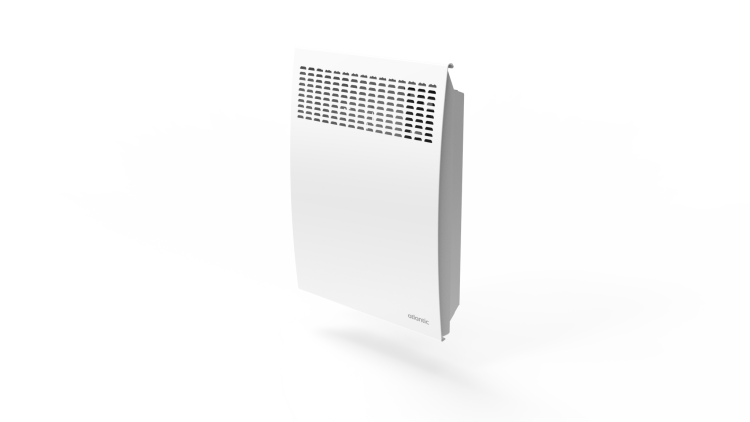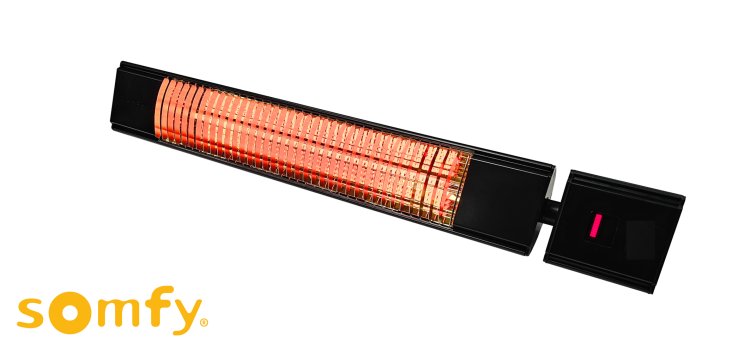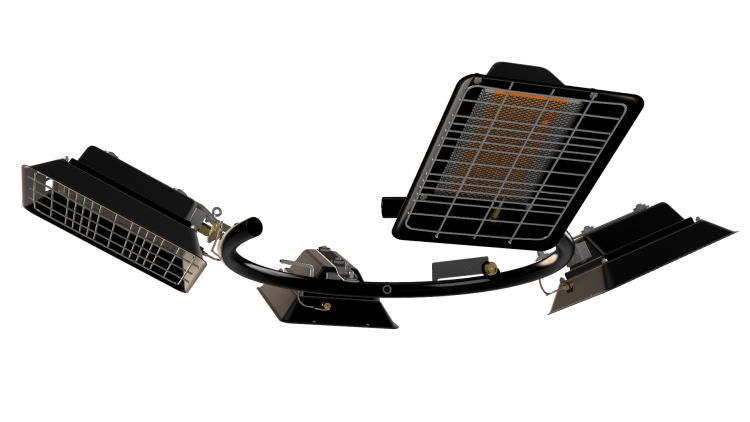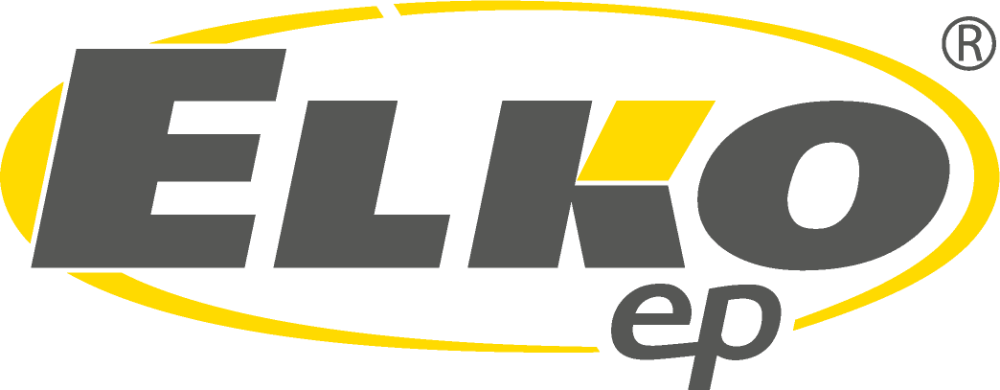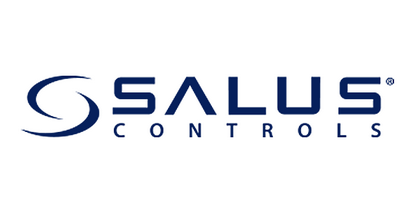Advice
BENG-requiries
Energy performance - NZEB
Published on: July 12, 2017
Last checked on: 30 September 2022
For all new construction, both residential and non-residential, permit applications must meet the requirements for Nearly Energy Neutral Buildings (NZEB) since 1 January 2021. These requirements stem from the Energy Agreement for Sustainable Growth and from the European Energy Performance of Buildings Directive (EPBD).
The energy performance at NZEB is determined on the basis of 3 individually achievable requirements:
- 1. the maximum energy requirement in kWh per m2 of usable area per year (kWh/m2.yr)
- 2. the maximum primary fossil energy consumption, also in kWh per m2 of usable area per year (kWh/m2.yr)
- 3. the minimum share of renewable energy as a percentage (%)
These NZEB requirements have replaced the EPC with a new construction application. NZEB is based on a three-step strategy to create an energy-efficient design, the Trias Energetica.
The NZEB requirements take into account the building-related energy consumption per m2. There is a separate requirement for the exterior of a building, the so-called shell, to limit the energy requirement. We call this NZEB 1. The energy demand of a building must also consist of renewable energy as much as possible: the NZEB 3 requirement. And finally, the remaining energy demand must be generated as efficiently as possible: NZEB 2. The height of the requirements differs per type of home or user function and can be found in the Building Decree.
Healthy indoor climate and TOjuli
Better insulation and better airtightness are consequences of the requirements. As a result, the realization of a healthy indoor climate becomes more dependent on the facilities for air exchange in the buildings. This is an important point of attention in the further development of nearly zero-energy concepts. It is important that building designers take into account the circulation flows of cold air in a building in their design. This is an important point of attention in the further development of nearly zero-energy concepts.
Contact us for your question or project.



